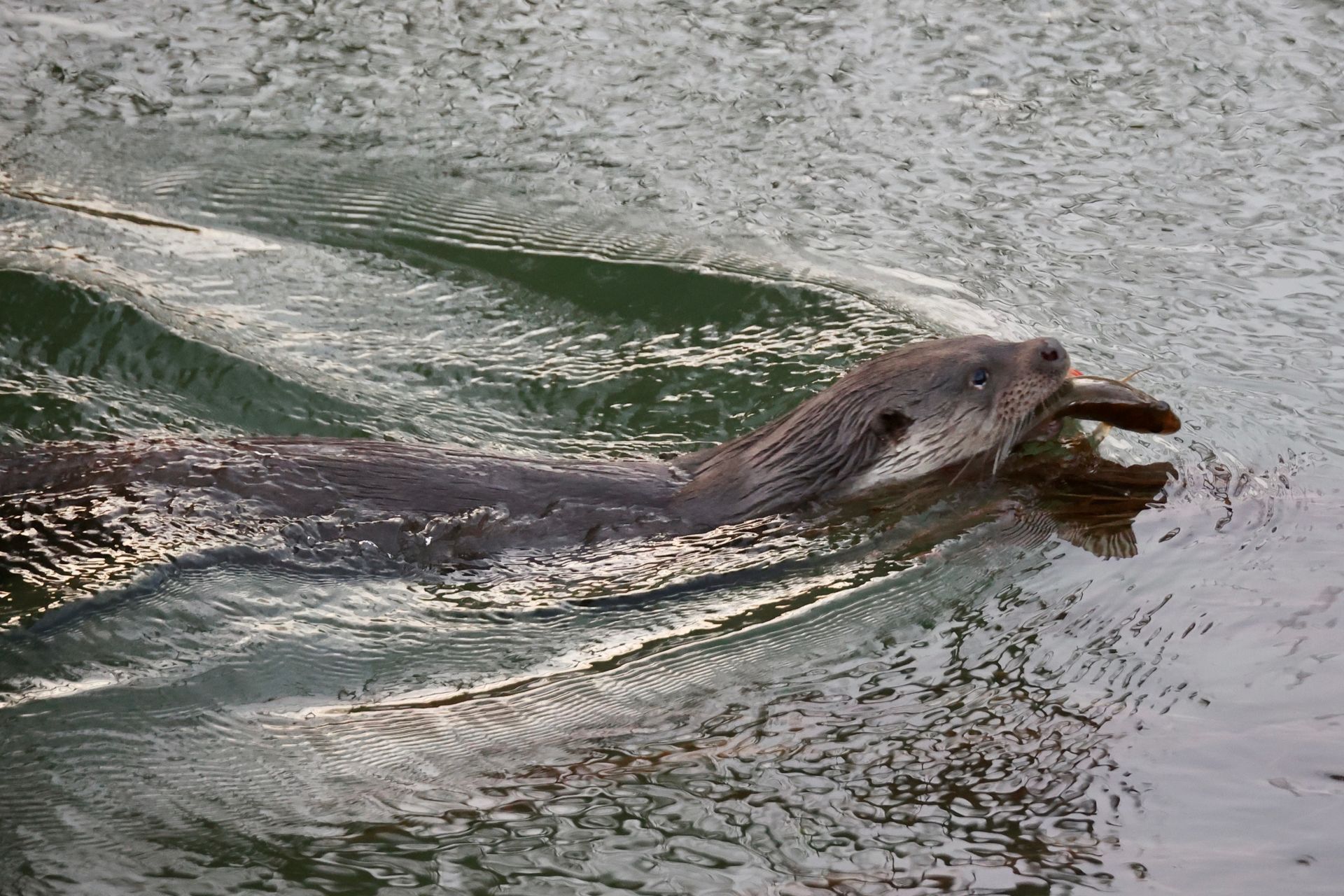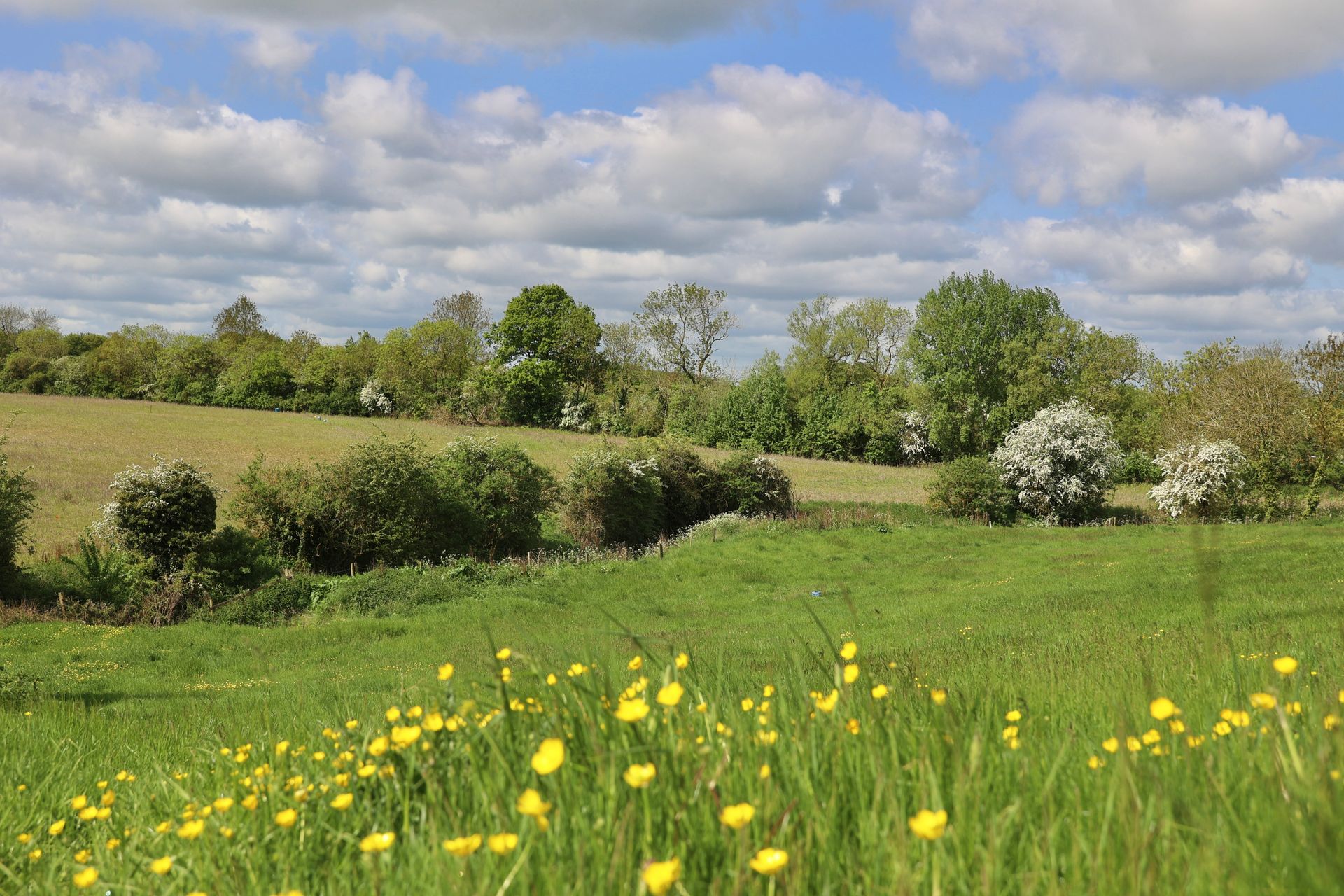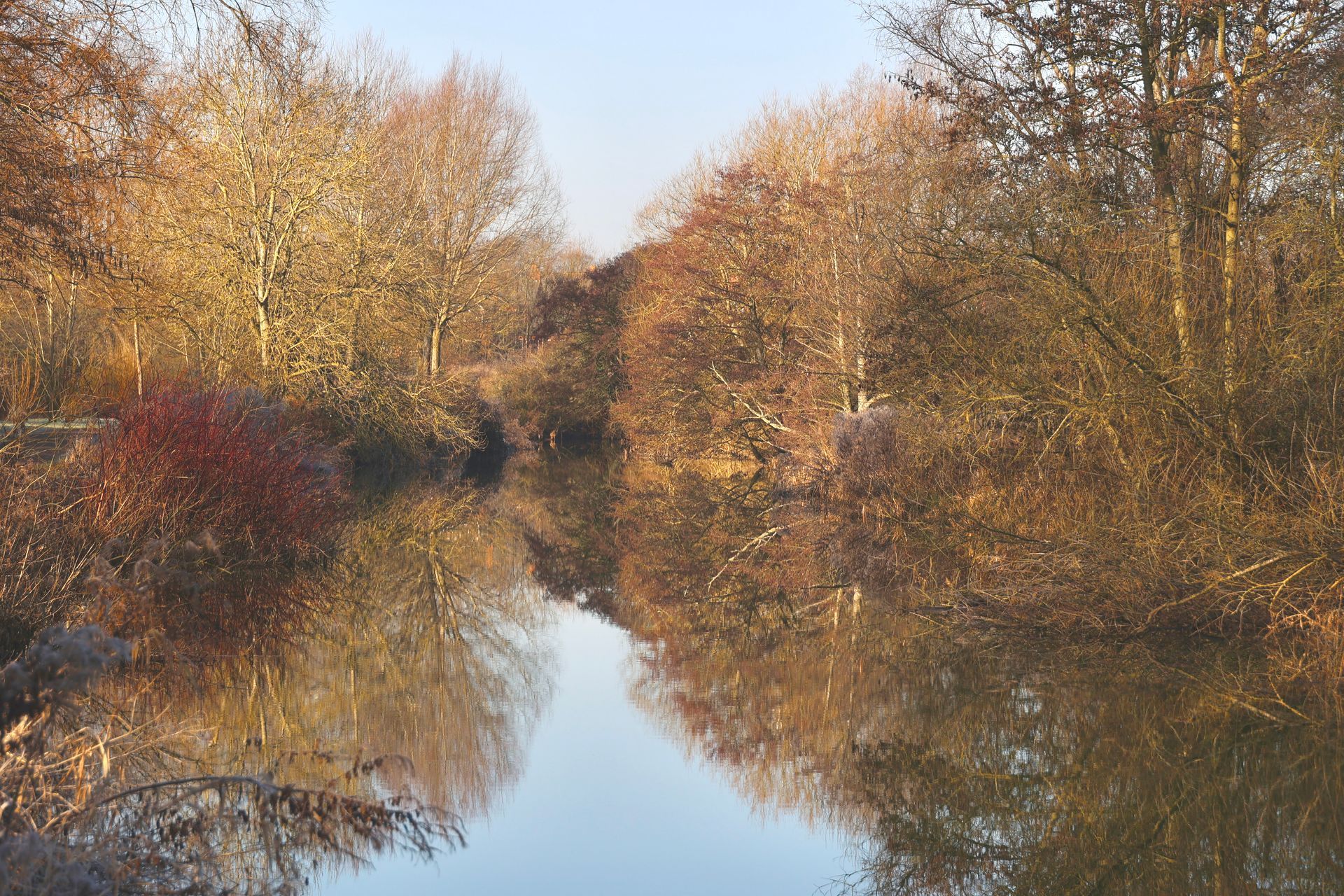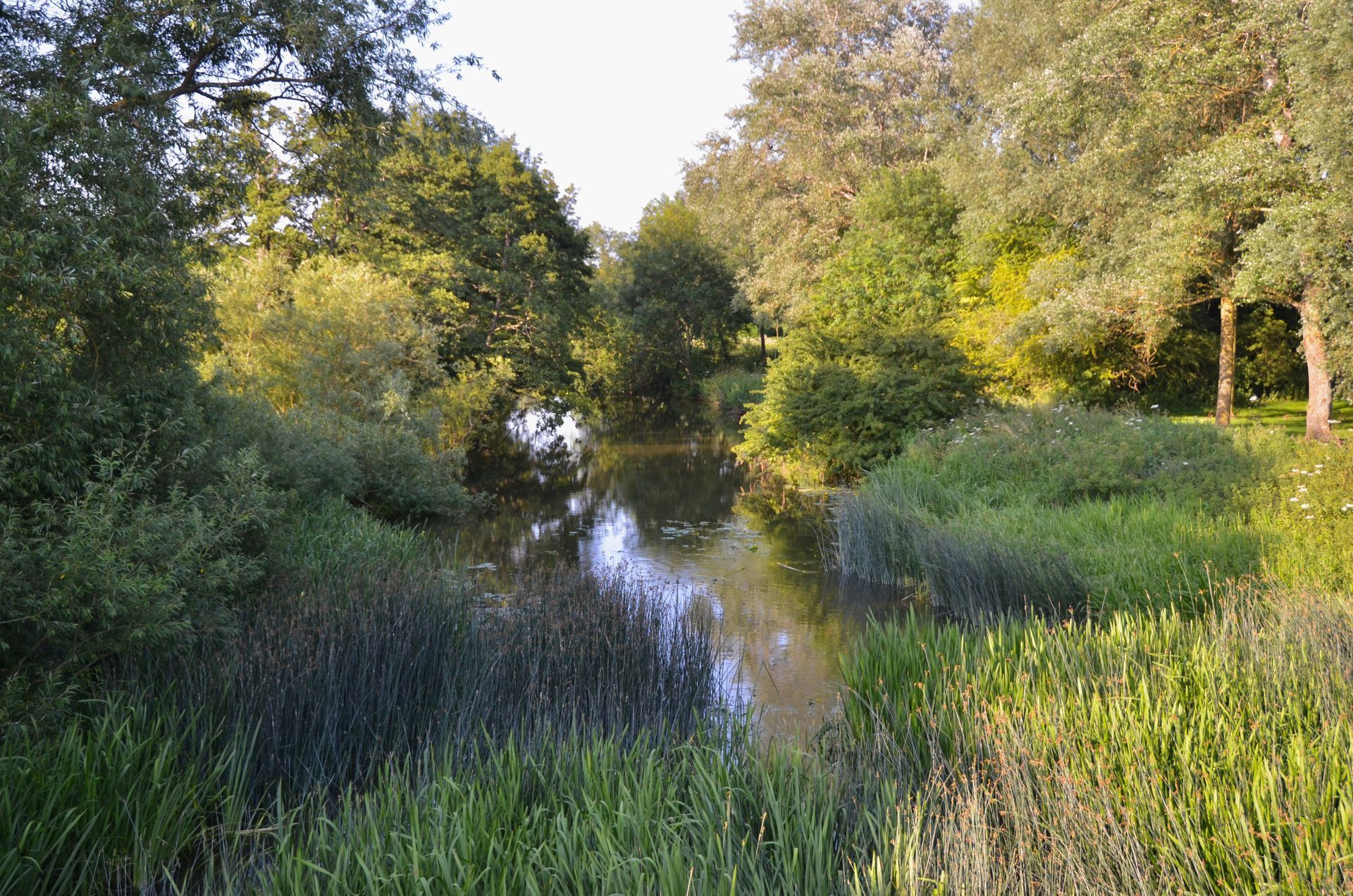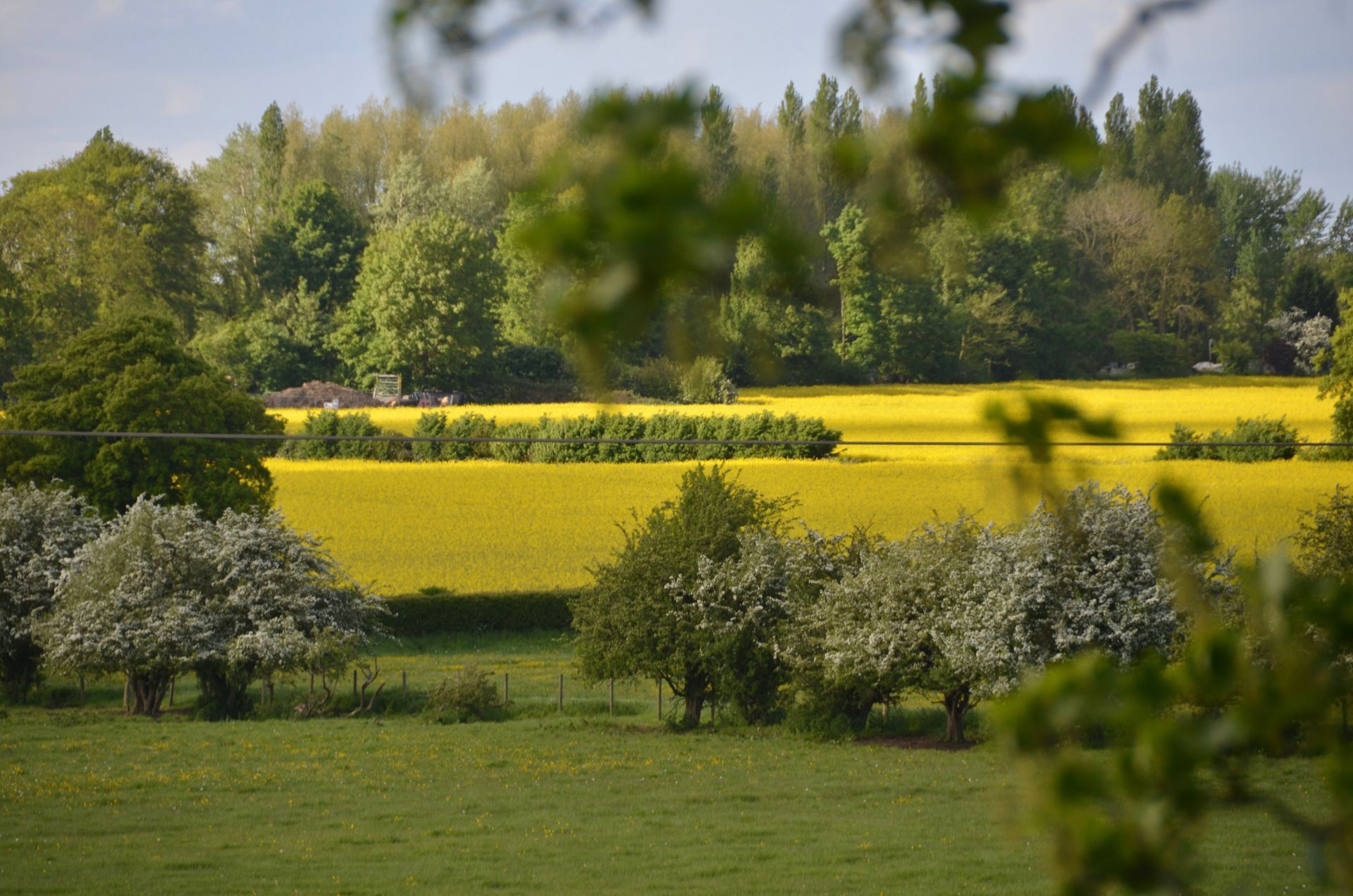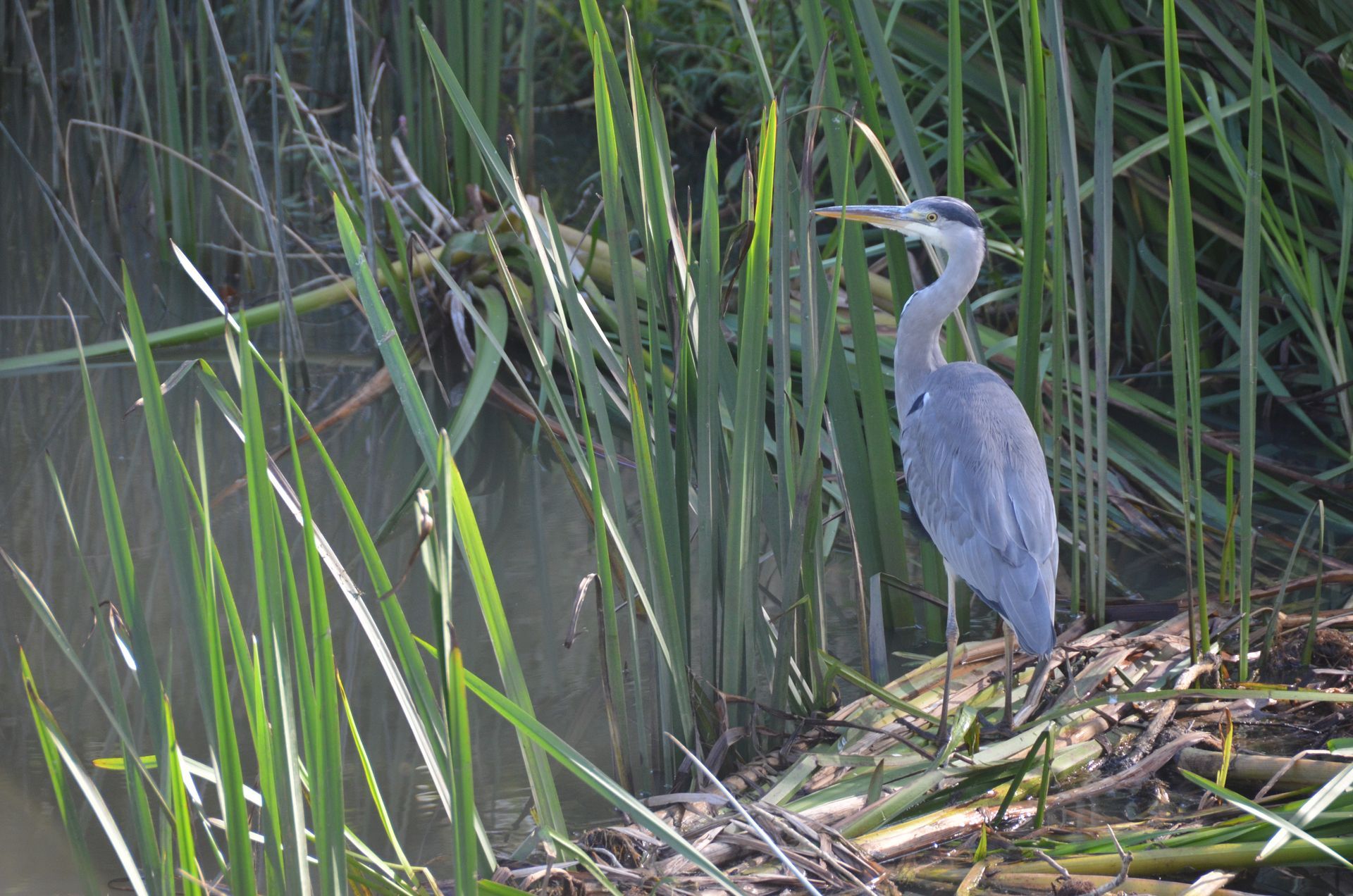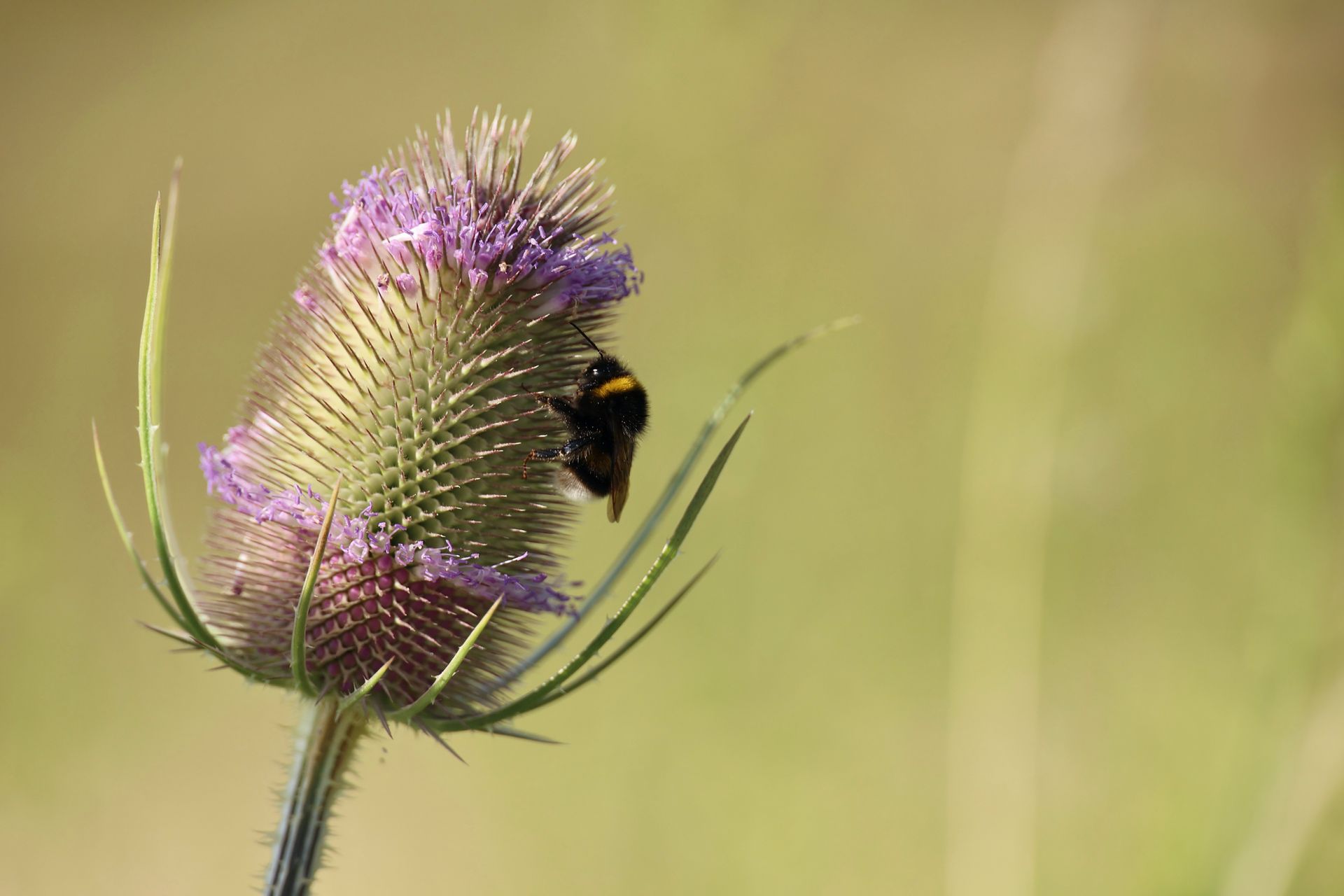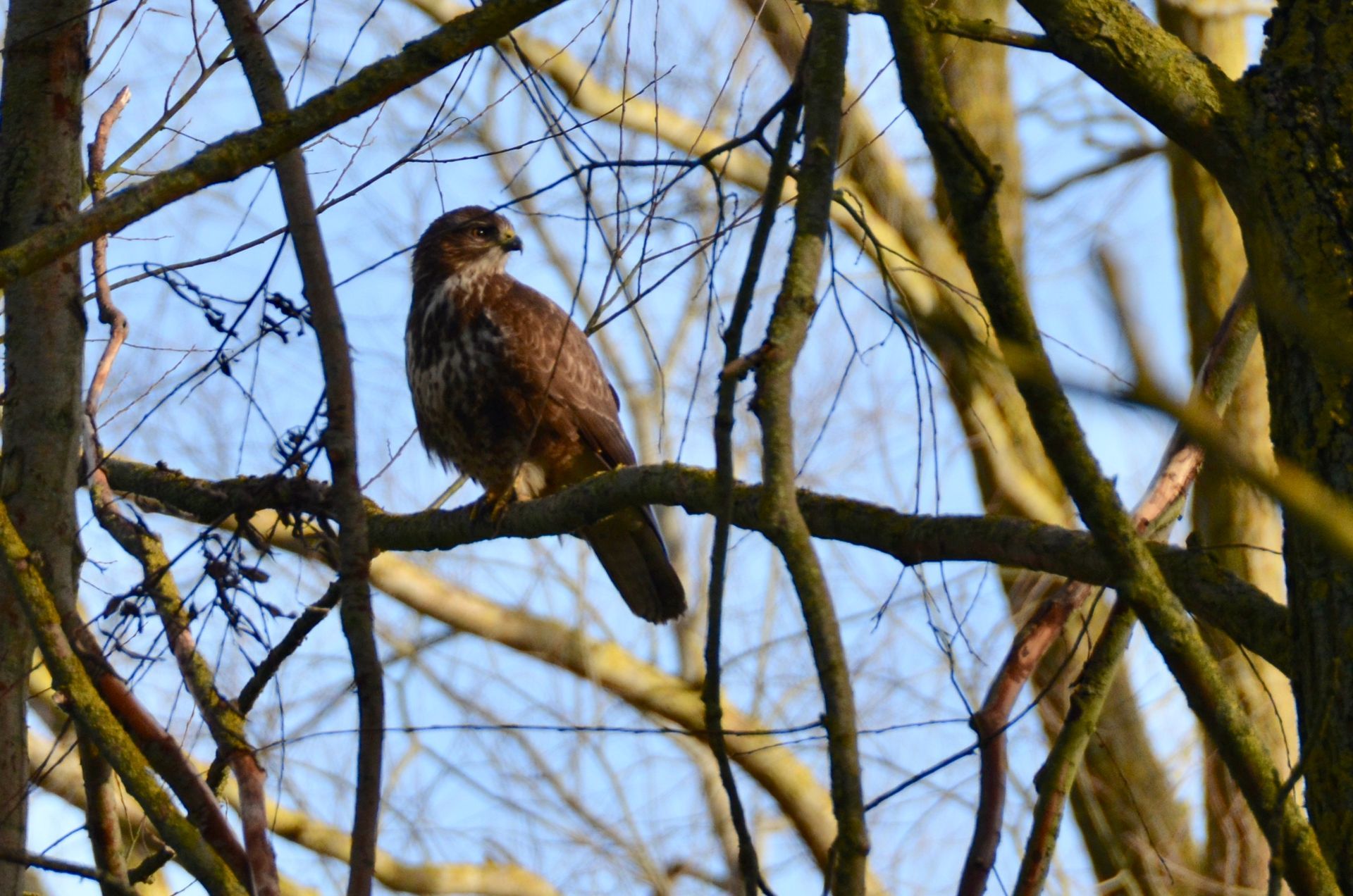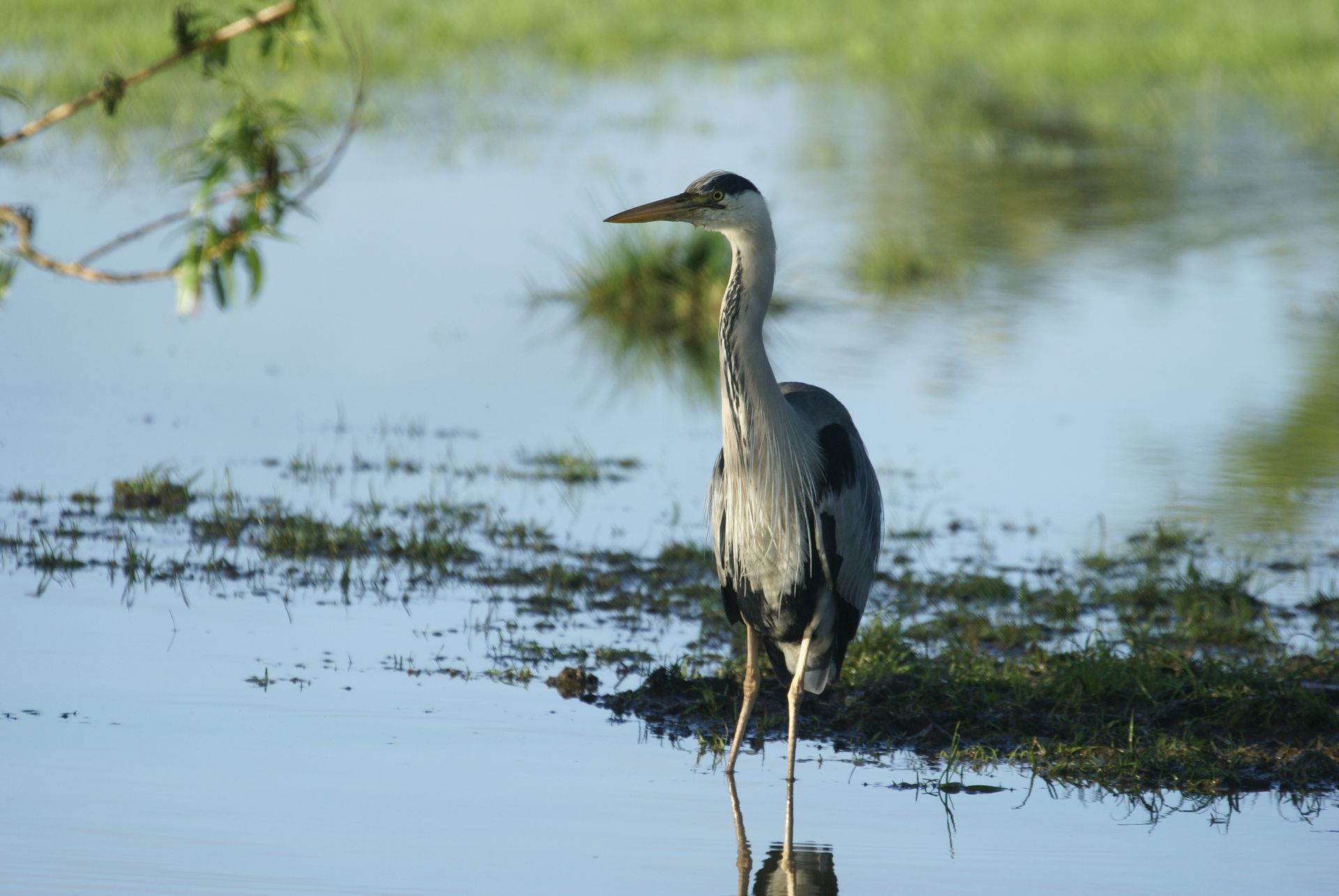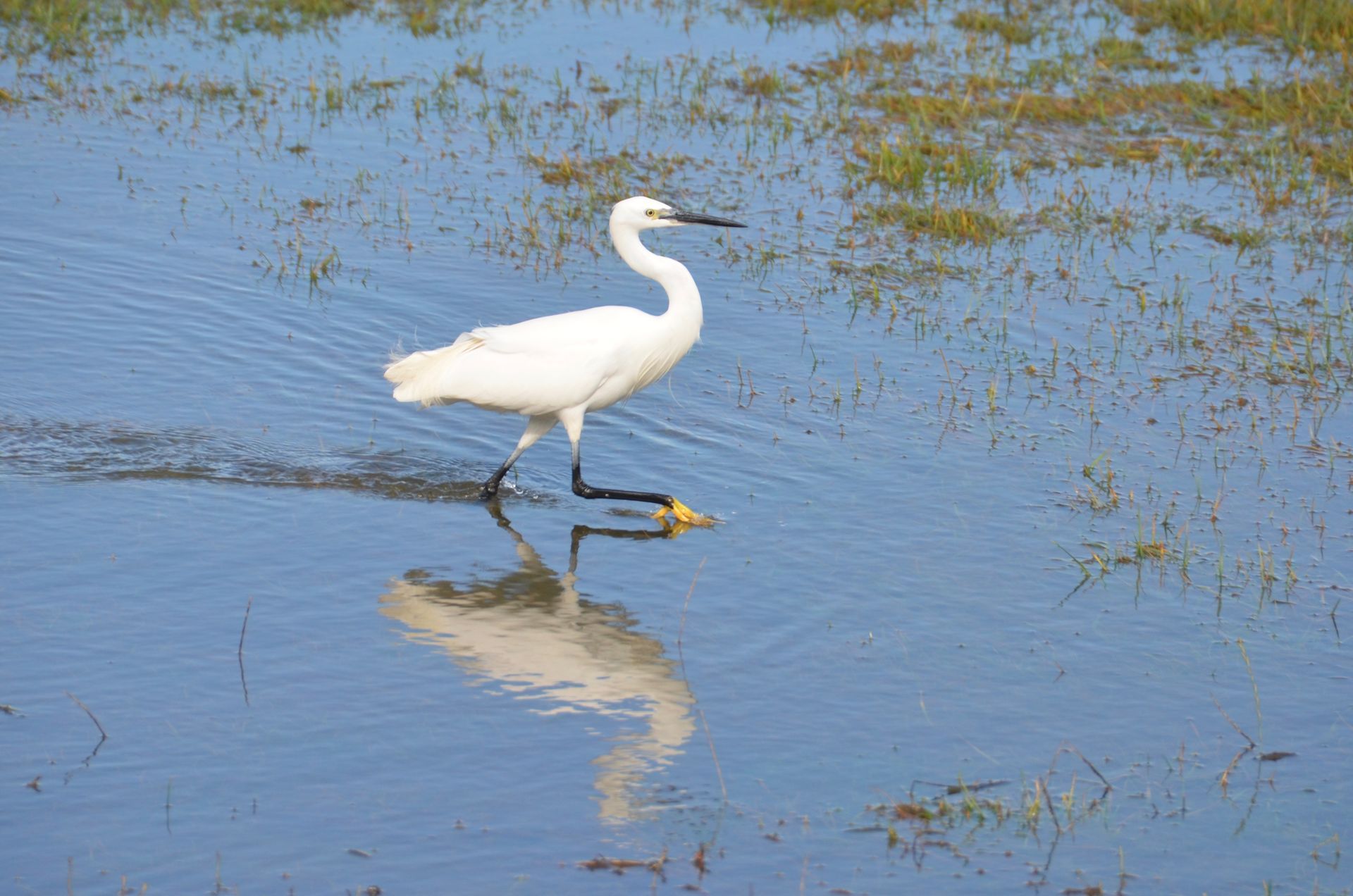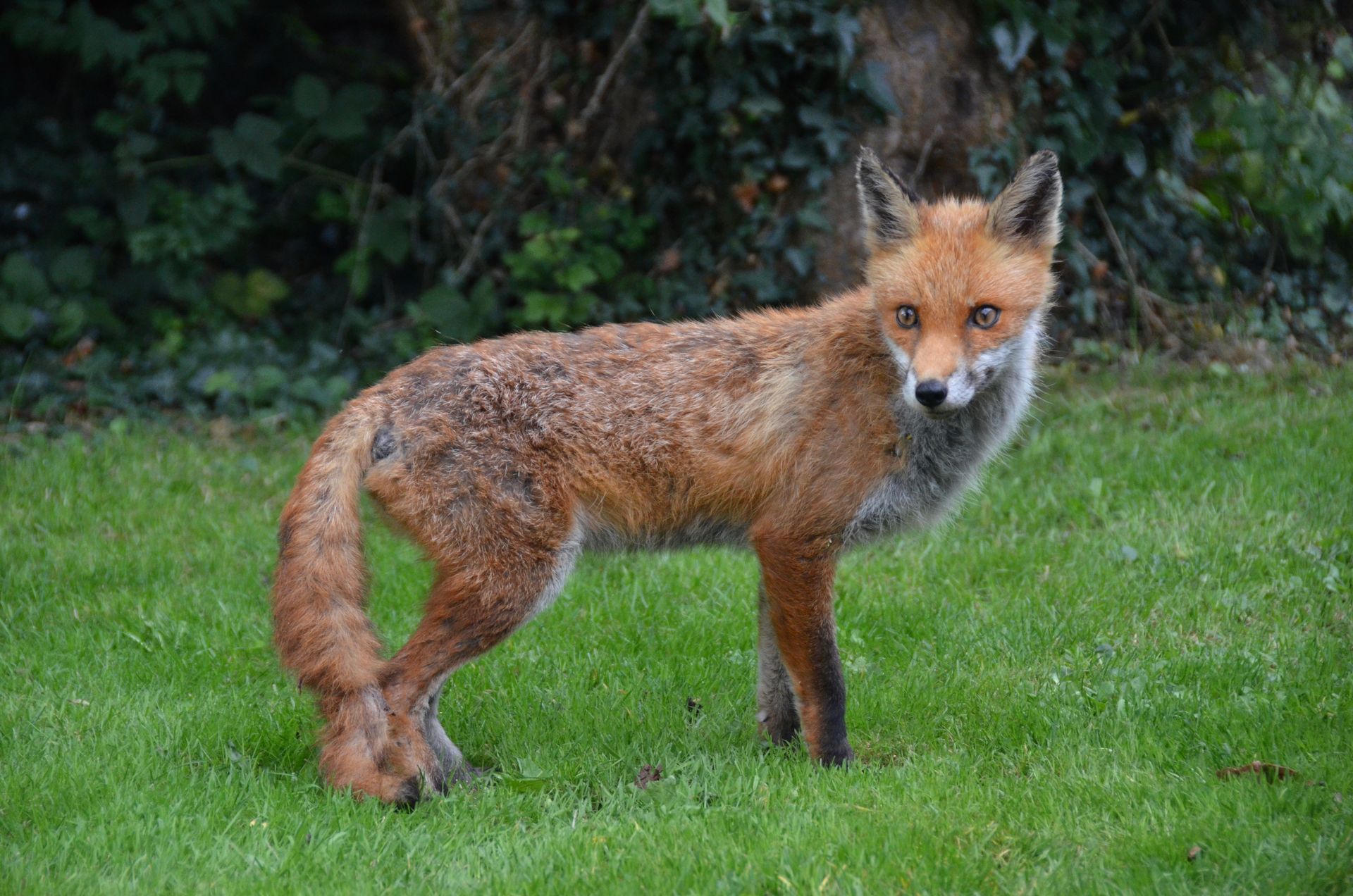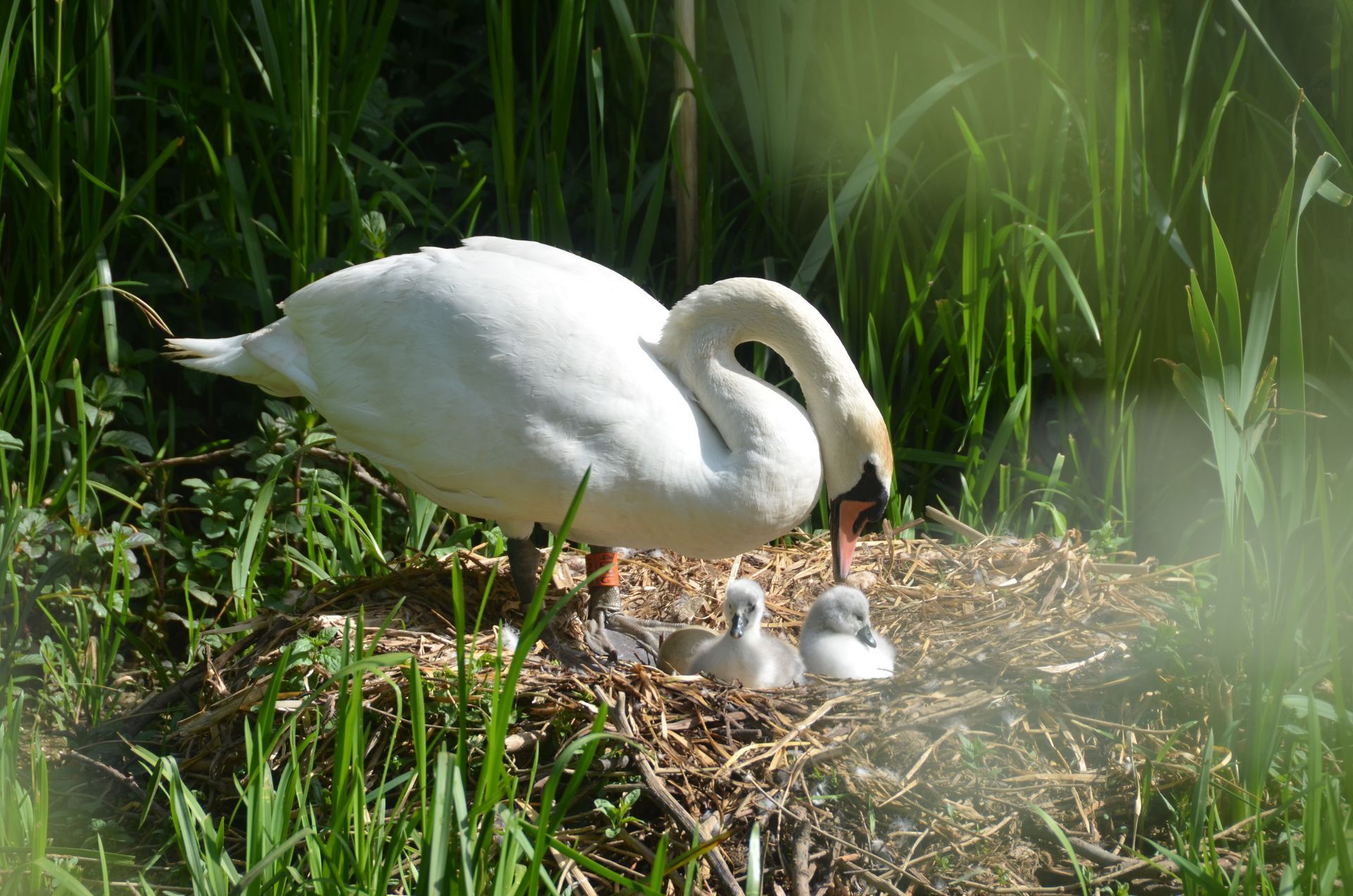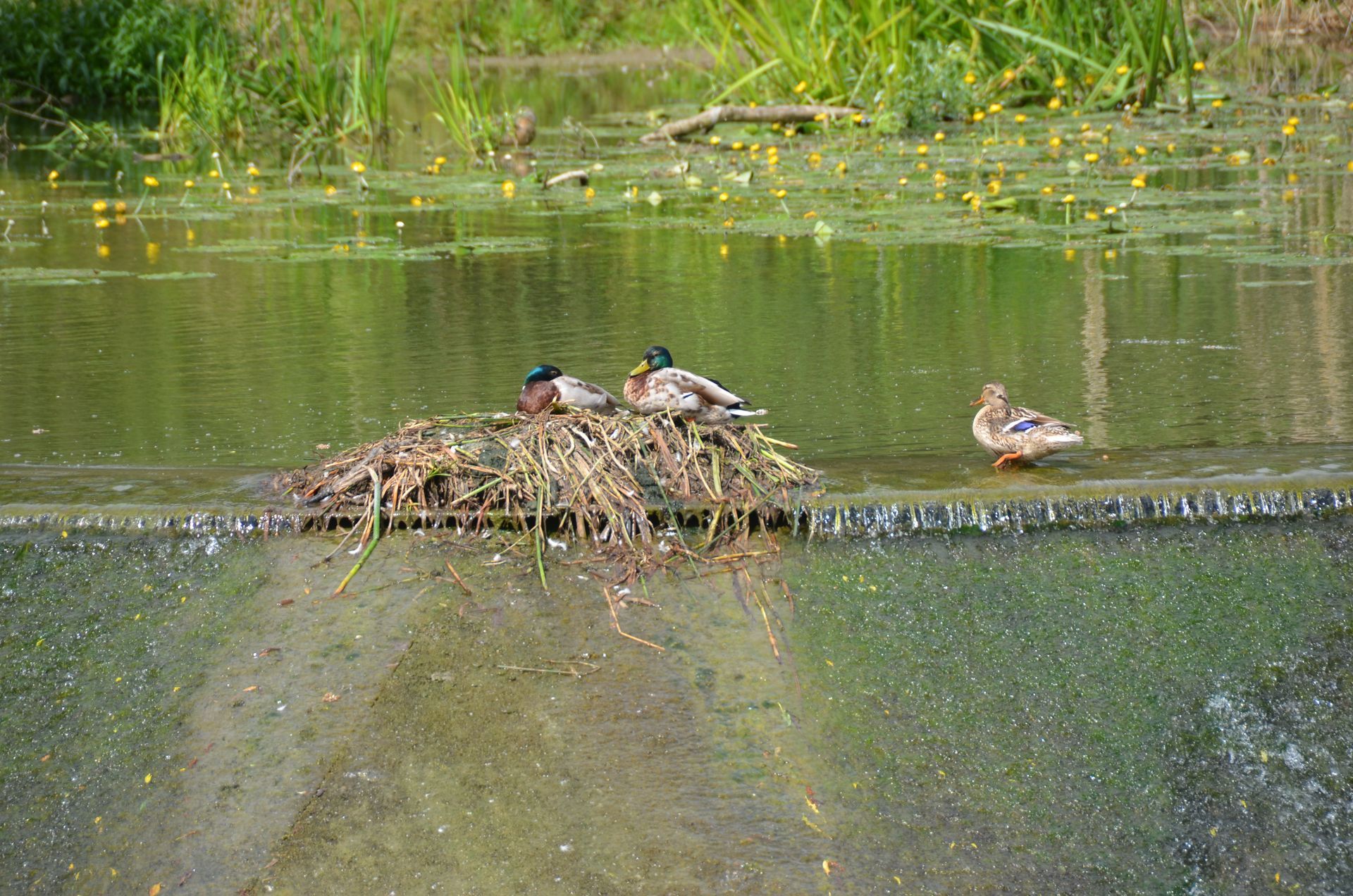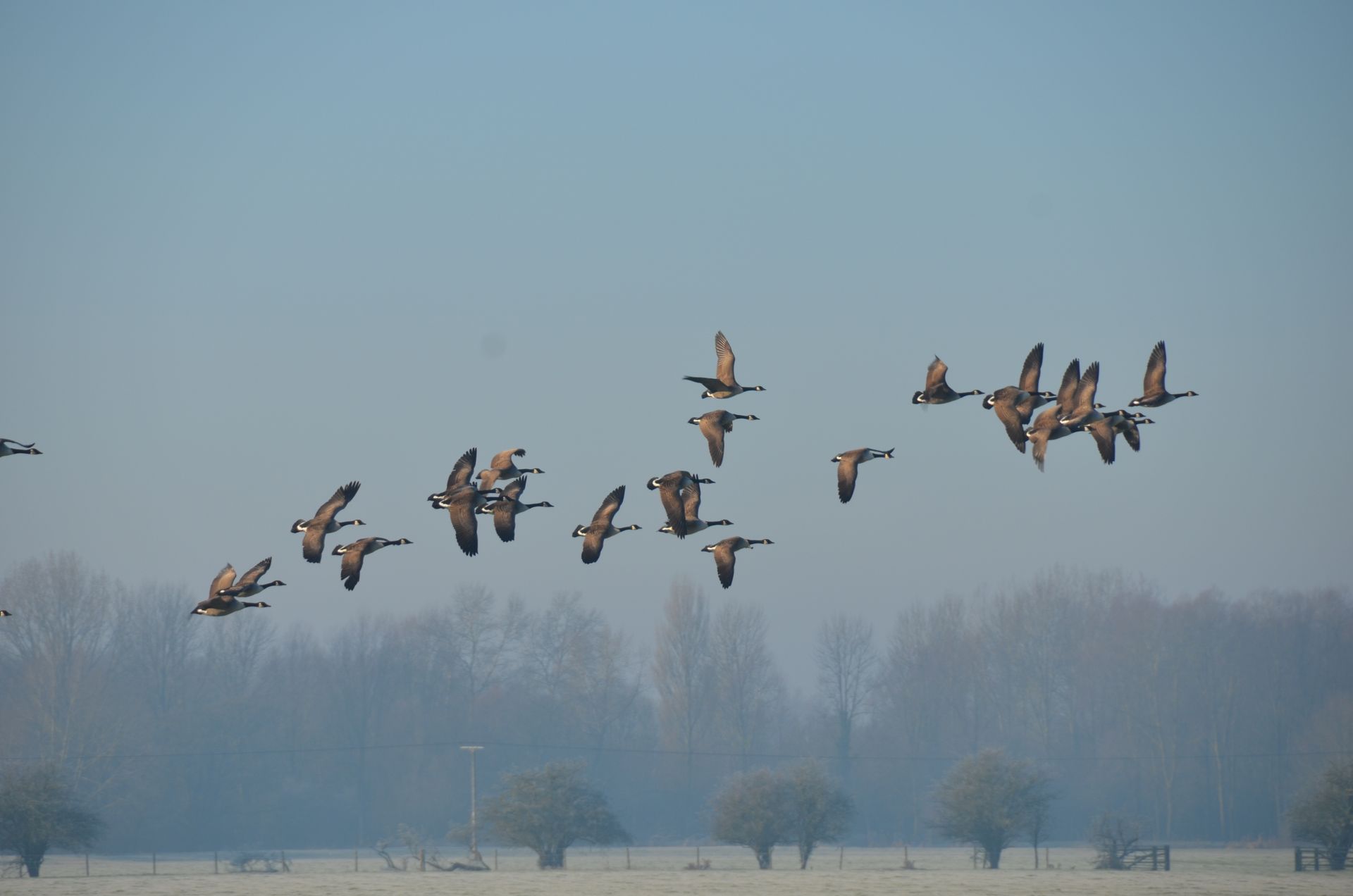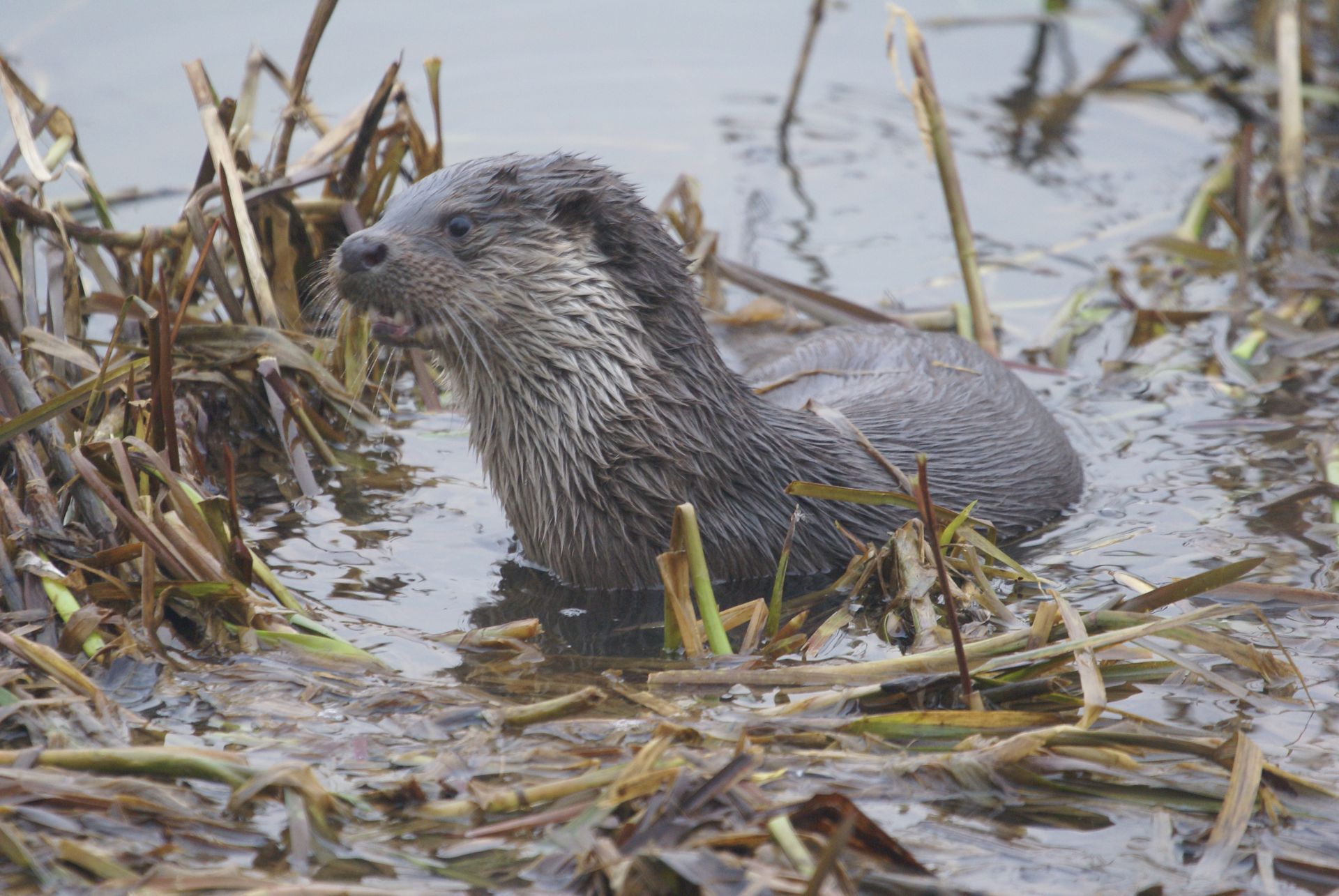Environment and Wildlife
The site is home to, or adjacent to, the habitat of several protected species, including badgers and otters; both are frequently seen. The developer proposes to relocate a badger sett to the middle of the site which will be in use by vehicles 24/7. This demonstrates a cavalier approach to protecting nature. Bats, reptiles and amphibians are often seen on site;
herons, egrets, swans and other birds frequently nest where the Dogsmouth Brook meets the River Great Ouse, and the vast floodplain downriver from the site is a haven for wildlife. This wildlife would be put at risk from light, noise, and potential water-borne pollution from contaminants.
In July 2023, we (along with Cosgrove Parish Council) commissioned Bioscan to conduct an ecological review of the planning documents. Dominic Woodfield's submission highlighted significant technical errors and omissions reporting by the applicant’s ecology consultants, Aspect Ecology. He also found that they had 'missed a number of protected species and species formally identified in statute as of principal importance to the conservation of biodiversity, and capable of being material considerations in planning determination'. We sent a copy of this report to the Environment Agency who, in their response dated July '23, requested that WNC 'review Bioscan’s submission and take account of what they say in response before the planning application is determined'. We also sent a copy of the report to the Wildlife Trust who, in their response dated Sept '23, changed their position from 'no objection' to 'objection'.
WNC subsequently requested that the developers conduct a further year-long ecological survey of the site; some might say this was marking their own homework! Nevertheless, in the developers' latest submission, Bioscan's concerns have been vindicated by the results of the latest survey and assessment work by that party (or more precisely their subcontractors).
Below are some of the new findings from the developers:
The Furtho Pits site appeared to be of no more than local importance for its invertebrate fauna based on the surveys completed to February 2024. However, the surveys completed through spring and summer 2024 provide a more complex picture and the site seems to be of high county importance but not of regional importance for its invertebrate fauna overall.
In the survey, 565 different invertebrates were identified. 35 are scarce or threatened, 24 are truly scarce or threatened. The habitat (that they previously dismissed as poor, low-quality land) contained 46 priority species of bee potentially of National Significance. With the development, significant impacts cannot be avoided, therefore compensatory habitat is required.
The Small Gorse Mining Bee (30% decline 2006-2015) making it the most important invertebrate on the site at least of ‘local importance.’ Also found were slowworms and grass snakes.
Their survey of 9 brownfield sites showed Furtho Pit to have the second highest species richness and it suggests that the site will have at least ‘county level’ importance. 6 species are listed in the Red Data Book of British Invertebrates and 26 species are designated ‘scarce’.
Artificial lighting will repel some invertebrates making them vulnerable interfering with breeding patterns.
The proposed relocation site for this rare mosaic habitat of insects and wildlife is to the new country park. This is wholly unrealistic and will take years for the ecological habitat to recover. Replacing planting may take decades or centuries to provide the quality of habitat if boundary hedges and trees destroyed.
However, while this latest survey information has led to belated corrections and revisions by Aspect, and confirms the high ecological interest we suspected would be found in the western part of the site (the focus of the proposed development), Aspect still (inexplicably given the time that has elapsed) continue to embed methodological failures and omissions into their assessment.
The Furtho Development Objection Group has since commissioned a further
review by Bioscan
of the most recent submissions. This has found that there is still incomplete and inadequate information, omissions from surveys of both habitat and wildlife and misrepresentation of policy and planning practice requirements. The review states there is potential for severe environmental harm and strongly recommends that the development be dismissed.
River Pollution
The River Great Ouse runs close to the proposed development and is a haven for wildlife. It is home to otters and other protected species such as the White-clawed Crayfish. In summer local residents swim in the river and children use it for paddling.
The Dogsmouth Brook runs through the proposed development site and into the Great Ouse. At times of excessive rain, and when the drainage systems cannot cope, it is used to divert waste water overflow from neighbouring villages. Currently the natural ecosystem and flood plains filter out pollutants.
The developers propose to widen and straighten the Dogsmouth Brook to facilitate drainage from their site. The new proposed reservoir will be filled with effluent rich water in times of high rainfall. And logic dictates that if the outflow is slower than the inflow, the reservoir will fill up – where will the flood water go if that is the case?
Related to this, the developers are proposing a vehicle washing station on the site. Surface run-off from vehicle washing areas can contain high levels of pollutants such as: detergents, oil and fuel, suspended solids, grease and antifreeze. By law run-off must not be allowed to enter surface water drains, surface waters or ground waters as this will cause pollution and could result in prosecution.
However, there is a real risk that an accidental leak of these chemicals so close to waterways could lead to an environmental disaster.
Environment and Wildlife
The site is home to, or adjacent to, the habitat of several protected species, including badgers and otters; both are frequently seen. The developer proposes to relocate a badger sett to the middle of the site which will be in use by vehicles 24/7. This demonstrates a cavalier approach to protecting nature. Bats, reptiles and amphibians are often seen on site;
herons, egrets, swans and other birds frequently nest where the Dogsmouth Brook meets the River Great Ouse, and the vast floodplain downriver from the site is a haven for wildlife. This wildlife would be put at risk from light, noise, and potential water-borne pollution from contaminants.
In July 2023, we (along with Cosgrove Parish Council) commissioned Bioscan to conduct an ecological review of the planning documents. Dominic Woodfield's submission highlighted significant technical errors and omissions reporting by the applicant’s ecology consultants, Aspect Ecology. He also found that they had 'missed a number of protected species and species formally identified in statute as of principal importance to the conservation of biodiversity, and capable of being material considerations in planning determination'. We sent a copy of this report to the Environment Agency who, in their response dated July '23, requested that WNC 'review Bioscan’s submission and take account of what they say in response before the planning application is determined'. We also sent a copy of the report to the Wildlife Trust who, in their response dated Sept '23, changed their position from 'no objection' to 'objection'.
WNC subsequently requested that the developers conduct a further year-long ecological survey of the site; some might say this was marking their own homework! Nevertheless, in the developers' latest submission, Bioscan's concerns have been vindicated by the results of the latest survey and assessment work by that party (or more precisely their subcontractors).
Below are some of the new findings from the developers:
The Furtho Pits site appeared to be of no more than local importance for its invertebrate fauna based on the surveys completed to February 2024. However, the surveys completed through spring and summer 2024 provide a more complex picture and the site seems to be of high county importance but not of regional importance for its invertebrate fauna overall.
In the survey, 565 different invertebrates were identified. 35 are scarce or threatened, 24 are truly scarce or threatened. The habitat (that they previously dismissed as poor, low-quality land) contained 46 priority species of bee potentially of National Significance. With the development, significant impacts cannot be avoided, therefore compensatory habitat is required.
The Small Gorse Mining Bee (30% decline 2006-2015) making it the most important invertebrate on the site at least of ‘local importance.’ Also found were slowworms and grass snakes.
Their survey of 9 brownfield sites showed Furtho Pit to have the second highest species richness and it suggests that the site will have at least ‘county level’ importance. 6 species are listed in the Red Data Book of British Invertebrates and 26 species are designated ‘scarce’.
Artificial lighting will repel some invertebrates making them vulnerable interfering with breeding patterns.
The proposed relocation site for this rare mosaic habitat of insects and wildlife is to the new country park. This is wholly unrealistic and will take years for the ecological habitat to recover. Replacing planting may take decades or centuries to provide the quality of habitat if boundary hedges and trees destroyed.
However, while this latest survey information has led to belated corrections and revisions by Aspect, and confirms the high ecological interest we suspected would be found in the western part of the site (the focus of the proposed development), Aspect still (inexplicably given the time that has elapsed) continue to embed methodological failures and omissions into their assessment.
The Furtho Development Objection Group has since commissioned a further
review by Bioscan
of the most recent submissions. This has found that there is still incomplete and inadequate information, omissions from surveys of both habitat and wildlife and misrepresentation of policy and planning practice requirements. The review states there is potential for severe environmental harm and strongly recommends that the development be dismissed.
River Pollution
The River Great Ouse runs close to the proposed development and is a haven for wildlife. It is home to otters and other protected species such as the White-clawed Crayfish. In summer local residents swim in the river and children use it for paddling.
The Dogsmouth Brook runs through the proposed development site and into the Great Ouse. At times of excessive rain, and when the drainage systems cannot cope, it is used to divert waste water overflow from neighbouring villages. Currently the natural ecosystem and flood plains filter out pollutants.
The developers propose to widen and straighten the Dogsmouth Brook to facilitate drainage from their site. The new proposed reservoir will be filled with effluent rich water in times of high rainfall. And logic dictates that if the outflow is slower than the inflow, the reservoir will fill up – where will the flood water go if that is the case?
Related to this, the developers are proposing a vehicle washing station on the site. Surface run-off from vehicle washing areas can contain high levels of pollutants such as: detergents, oil and fuel, suspended solids, grease and antifreeze. By law run-off must not be allowed to enter surface water drains, surface waters or ground waters as this will cause pollution and could result in prosecution.
However, there is a real risk that an accidental leak of these chemicals so close to waterways could lead to an environmental disaster.
“...a place where we have modern towns but where rural character is cherished”
West Northants Council Vision Statement
Environment - Reasons to Object
- Destruction of wildlife habitat – bats, badgers, deer, fox, newts, grass snakes, frogs, toads, barn owls, woodpeckers and other birdlife
- Otters have been seen in the Great Ouse at the foot of the site, and sightings are markedly increased in recent years
- Potential river pollution could have a catastrophic effect on the local wildlife along the adjacent river and flood plain
- The most recent survey identified 59 scarce or threatened invertebrate species, and 46 priority species of bee, potentially of National Significance. It states that compensatory habitat is required
- Developers admit that significant impacts cannot be avoided. They claim the rare mosaic habitat of insects and wildlife can be relocated to the new park, despite previously dismissing it as poor, low-quality land.
- Replacing planting may take decades or centuries to provide the quality of habitat if boundary hedges and trees are destroyed

